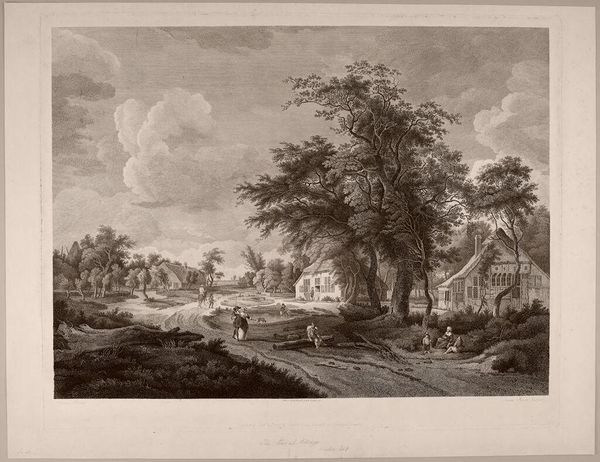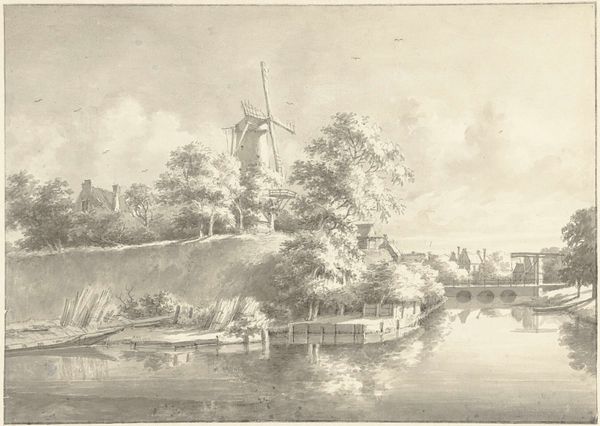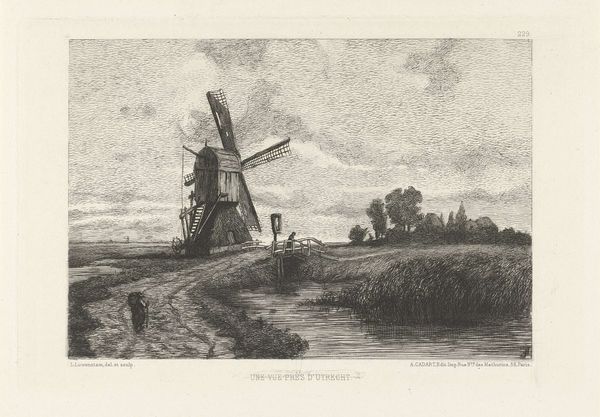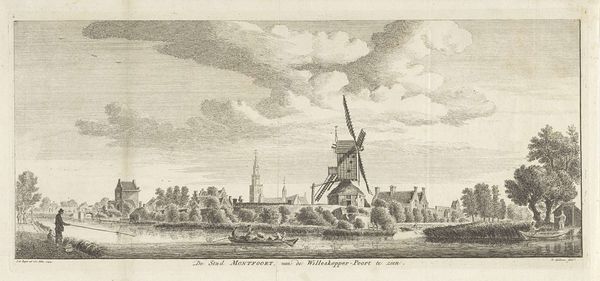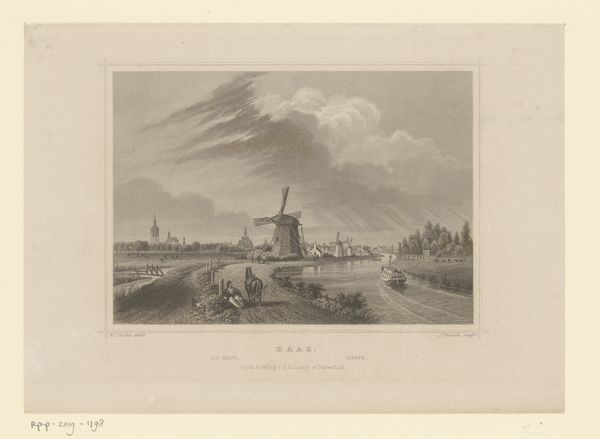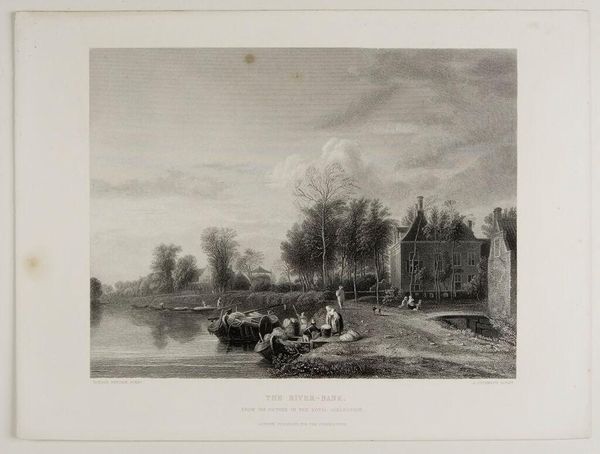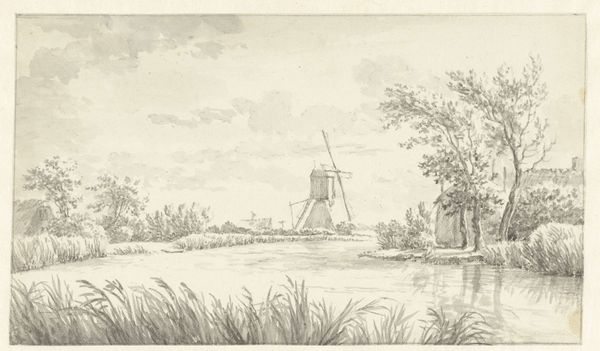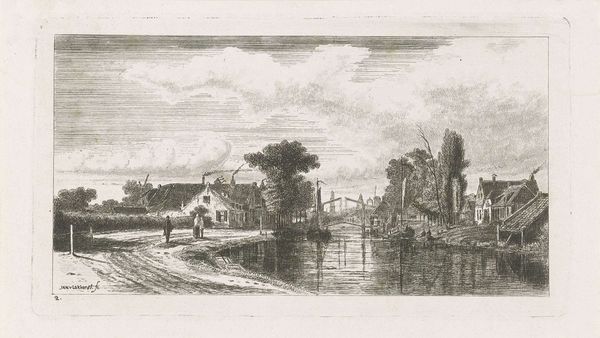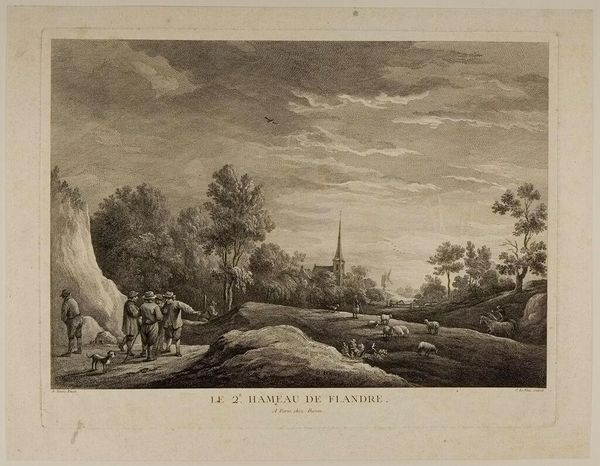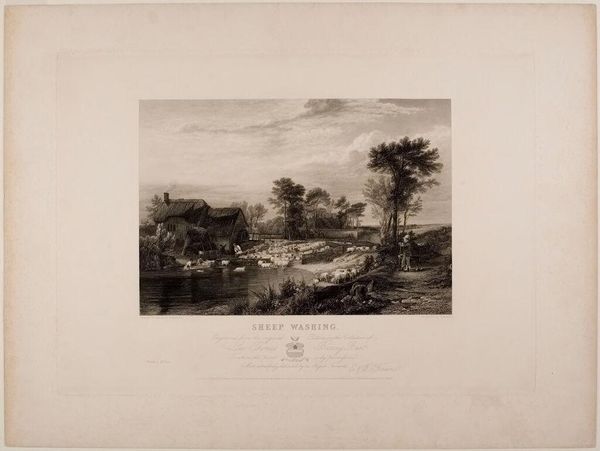
Copyright: CC0 1.0
Curator: This is Thomas Abel Prior's "Windmill," a rather serene landscape scene. I find it quite pastoral and idyllic. Editor: It evokes a powerful sense of labor and our troubled relationship with nature under industrial capitalism, doesn't it? Curator: Well, the windmill seems more a quaint feature here; it's situated amid the natural beauty of the English countryside. How do the social and institutional histories surrounding landscape paintings come into play? Editor: Consider the politics of representation, who gets to decide what is beautiful, what landscape is worth preserving, and how this connects to gender and class. The windmill, though quaint, is also a symbol of changing land use. Curator: Interesting point. Perhaps Prior seeks to reconcile this emerging dynamic by situating the windmill within an otherwise classical depiction. Editor: Indeed. It reminds us how landscapes, even seemingly neutral ones, are always embedded in complex power structures and social narratives. Curator: Thank you. I see so much more in this artwork now. Editor: My pleasure. It's a landscape that continues to reveal new meanings.
Comments
No comments
Be the first to comment and join the conversation on the ultimate creative platform.
